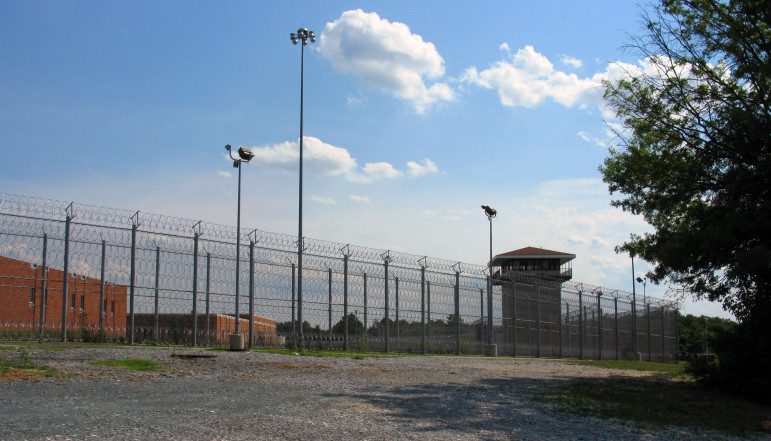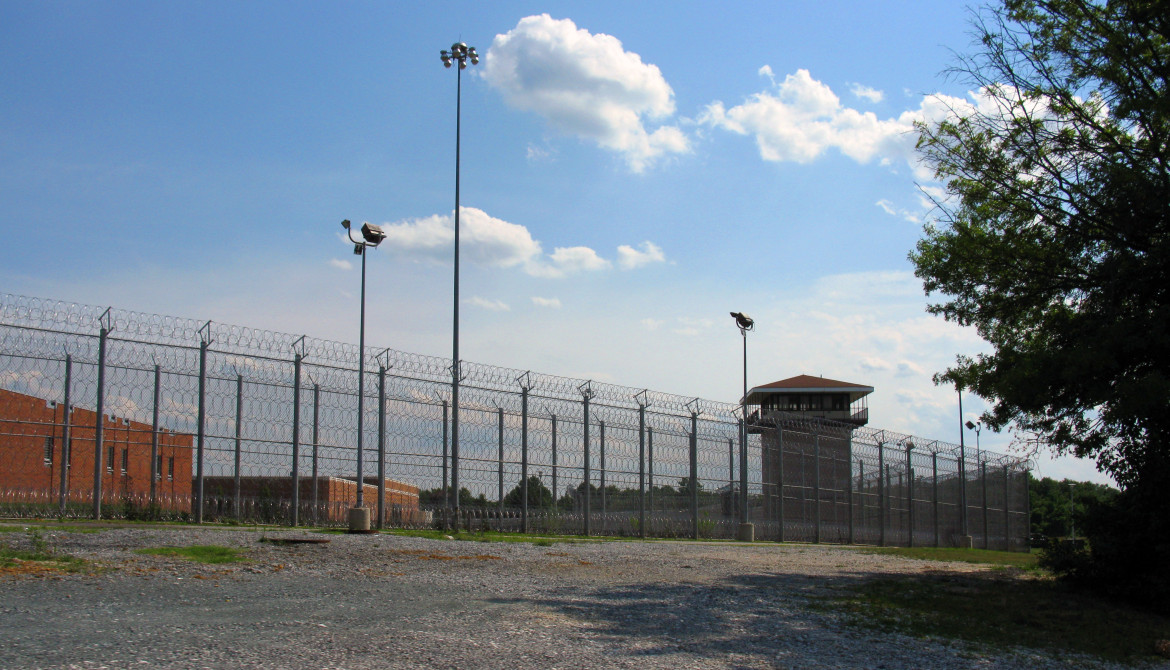
thisisbossi / Flickr
Rather than building more juvenile prisons, the report says the state “should expand community-based treatment resources."
Maryland should invest in community-based treatment for juvenile delinquents instead of spending $225 million to build three juvenile prisons and replace buildings at a fourth, a state juvenile justice advisory panel urged.
The Maryland Juvenile Justice Monitoring Unit, part of the state Office of the Attorney General, made its recommendations in a 51-page report.
“We should be contracting with folks offering evidence-based treatments in the community in the same way as if one of our children got in trouble,” said Nick Moroney, the unit’s director.
“We wouldn’t be thinking, ‘Well, I wonder what type of long-term residential sort of placement in some congregate facility we should send him or her to.’ We would be thinking, ‘OK, they’re having difficulty with this, this and this. Who in the community can we go to to get help or treatment for that?’ And that’s what we want to see.”
Rather than building more juvenile prisons, the report said, the state “should expand community-based treatment resources in order to establish a continuum of care providing kids with intensive, evidence-based, and individualized services close to home.”
Citing Maryland Department of Juvenile Services recidivism data, the report said: “DJS-operated committed placement centers are not offering effective rehabilitative services to youth. There is no cohesive, evidence-based treatment program in state-operated committed placement centers and DJS workers are not trained treatment specialists.”
The report — sent to the office of Maryland Gov. Martin O’Malley, a Democrat, leaders of the state legislature, DJS and a juvenile justice advisory panel — notes juvenile justice experts increasingly recognize that relying too heavily on locking up youths is ineffective and costly.
It cites a 2012 federal report by the National Research Council of the National Academy of Sciences (NAS) that concluded, “Institutional treatment programs generally have an unimpressive record for reducing reoffending and that large, overcrowded facilities with limited treatment programs (in which custody trumps treatment concerns) often have high recidivism rates.”
The NAS report, “Reforming Juvenile Justice: A Developmental Approach,” recommends states “use confinement sparingly and only when needed to respond to and prevent serious reoffending.”
The Maryland report points to an April 2014 study evaluated by the John Jay College of Criminal Justice in New York City showing that in a sample of 3,523 “high-risk” youths in the juvenile justice system, 86 percent remained free of arrest while enrolled in intensive, nonresidential services in the community. The community-based services, the study found, “reduce the juvenile justice system’s over-reliance on expensive and ineffective out-of-home placements.”
The state’s long-term capital budget through fiscal year 2019 includes $179 million for three new juvenile prisons — in Baltimore City, Prince George’s County in suburban Washington, D.C., and Wicomico County on Maryland’s Eastern Shore. Another $46 million would go toward replacing outdated buildings at a fourth juvenile prison.
Thus far, only $3 million has been allocated, to go toward land acquisition for the Baltimore City facility.
Eric Solomon, a public information officer for DJS, said a 2013 department analysis found the state needed 135 beds in secure residential treatment for serious male offenders. But the state has only one facility for them, the 48-bed Victor Cullen Center in Frederick County in central Maryland.
“There’s definitely a need for a … facility for boys,” Solomon said. “This is not something new.”
Using a euphemism for the high-security juvenile prisons, Solomon said: “There is a huge need for treatment facilities in Maryland. We must address that need as soon as we can to help our youth in the state of Maryland.”
In a DJS response included in the monitoring unit’s report, the department said the shortage has forced Maryland to send some inmates to facilities outside the state.

